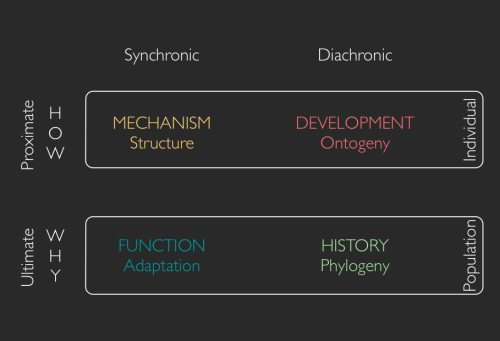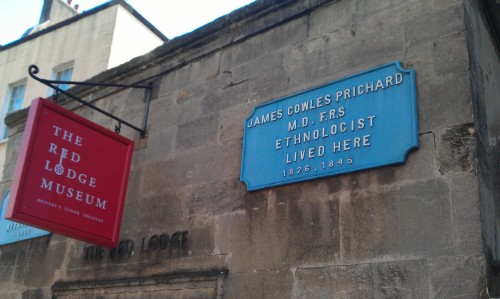Köbben (1970 and in other papers) was concerned with the folly of making general statements based on case studies.
In his study of the Siriono of Bolivia, Holmberg (1950) concluded that hunting and gathering tribes tended to be underfed and obsessed by food. From his celebrated study of Western European nations during the 1880s and 1890s, Durkheim (1951 [1897]) concluded that in general social isolation tends to drive a person to suicide. Hauser’s study (1959) of the Thai led him to believe that in general the more atomistic a society, the more it would resist modernization. Raulin (1959), studying the people of Gagnia and Daloa, concluded that uprooted peoples would be more interested in modernization than those still at home in the land of their ancestors.
But, Needham, (1954), studying the Punan of Borneo, concluded that hunting and gathering tribes were usually well fed and unobsessed by food. Asuni (1962), studying the people of western Nigeria, concluded that social isolation had nothing to do with suicide. Adair and Vogt (1949), studying the Zuni, concluded that the less atomistic a society, the more it would resist modernization. De Waal Malefijt (1963), studying the Javanese, concluded that up-rooted peoples would be less interested in modernization than would stay-at-homes.
Köbben, A. 1973 [ 1970] Comparativists and Non-Comparativists in Anthropology. In A Handbook of Method in Cultural Anthropology, Eds. Naroll, R. & Cohen, R. pp. 581- 596.
There’s an interesting discussion of Köbben’s approach to comparison, along with other 20th-century Dutch anthropologists in this chapter:
de Wolf, J. J. 2002. Conditions of comparison : a consideration of two anthropological traditions in the Netherlands. In Anthropology, by comparison. Eds. Gingrich, A. and Fox, R.G. London; New York : Routledge.




